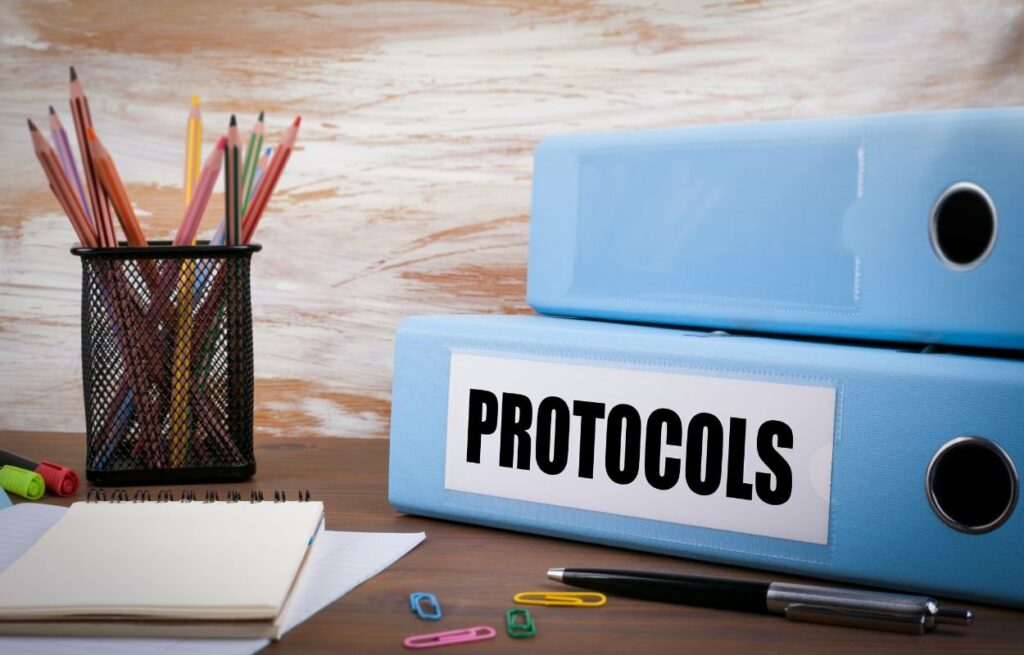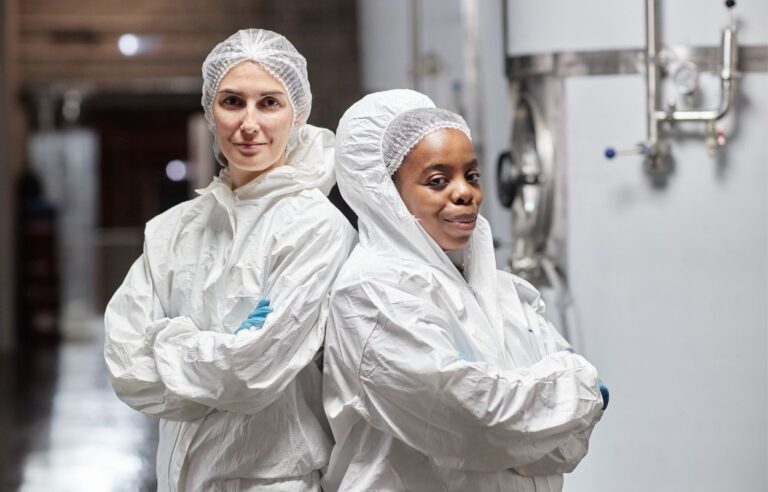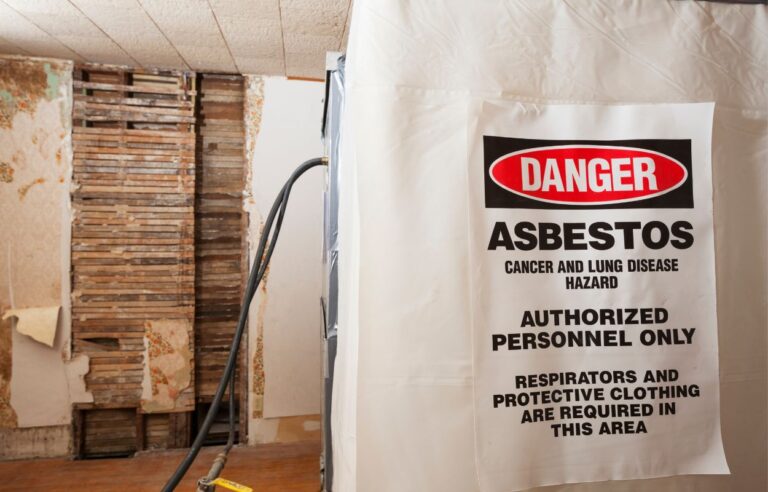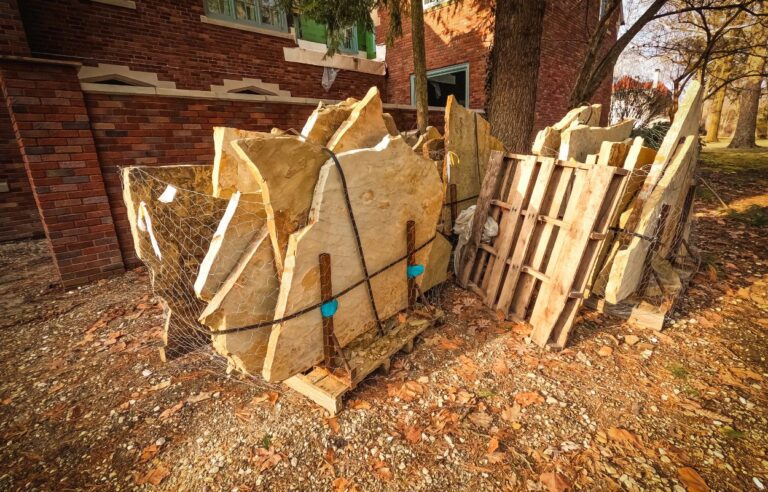
Hazmat cleaning services play a crucial role in handling hazardous materials and ensuring the safety of both the environment and individuals. To execute their tasks effectively, it is essential for hazmat cleaners to follow stringent safety protocols. In this blog post, we will explore key safety measures that are paramount for professionals working in the hazmat cleaning industry.
UNDERSTANDING HAZARDOUS MATERIALS
Before delving into safety protocols, it’s crucial for hazmat cleaners to have a comprehensive understanding of the hazardous materials they might encounter. This includes recognizing different types of chemicals, their properties, and potential risks associated with handling them. Proper training is imperative to equip cleaners with the knowledge needed to navigate through hazardous situations safely.
PERSONAL PROTECTIVE EQUIPMENT (PPE)
One of the fundamental safety measures for hazmat cleaners is the proper use of Personal Protective Equipment. This includes but is not limited to, hazmat suits, gloves, boots, and respiratory protection. Wearing the right PPE provides a barrier between the hazardous materials and the cleaner, minimizing the risk of exposure. Regular inspections and replacements of damaged PPE are essential to ensure ongoing protection.
SITE ASSESSMENT AND PLANNING
Before commencing any hazmat cleaning job, a thorough site assessment is necessary. This involves identifying the type and quantity of hazardous materials, assessing potential risks, and planning the cleaning process accordingly. Adequate planning helps in determining the most efficient and safe methods for containment, removal, and disposal of hazardous materials.
PROPER VENTILATION
Maintaining proper ventilation is crucial during hazmat cleaning operations. Adequate airflow helps in dissipating harmful fumes and preventing the buildup of toxic gases. Cleaners must ensure that the cleaning site has sufficient ventilation, and if needed, they should utilize additional ventilation equipment to create a safer working environment.
WASTE MANAGEMENT AND DISPOSAL
Hazmat cleaners must adhere to strict guidelines when it comes to waste management and disposal. This involves segregating different types of hazardous waste, using appropriate containers, and ensuring that disposal methods comply with local regulations. Regular training on updated waste disposal practices is essential to keep hazmat cleaners informed and compliant.
EMERGENCY RESPONSE PREPAREDNESS
Hazmat cleaning services should always be prepared for unexpected emergencies. This includes having a well-defined emergency response plan, access to emergency communication systems, and regular drills to ensure that all team members are familiar with the procedures. Quick and effective responses to emergencies can significantly minimize the impact of accidents.
EFFECTIVE COMMUNICATION AND TRAINING
Clear communication and thorough training are pivotal components of a robust safety protocol for hazmat cleaners. Ensuring that all team members are well-informed about the potential hazards, safety procedures, and the proper use of equipment is essential. Regular training sessions not only keep the cleaners updated on the latest safety measures but also reinforce the importance of following protocols diligently. Effective communication within the team and with other stakeholders enhances coordination during hazmat cleaning operations, reducing the likelihood of errors and accidents.
In conclusion, safety is paramount for hazmat cleaners to carry out their duties effectively. From understanding hazardous materials to wearing the right PPE, conducting site assessments, ensuring proper ventilation, managing waste, and being prepared for emergencies – these safety protocols are the foundation of a reliable hazmat cleaning service. By strictly adhering to these measures, local hazmat cleaning services can not only protect their workers but also contribute to maintaining a safer and healthier environment for everyone.





